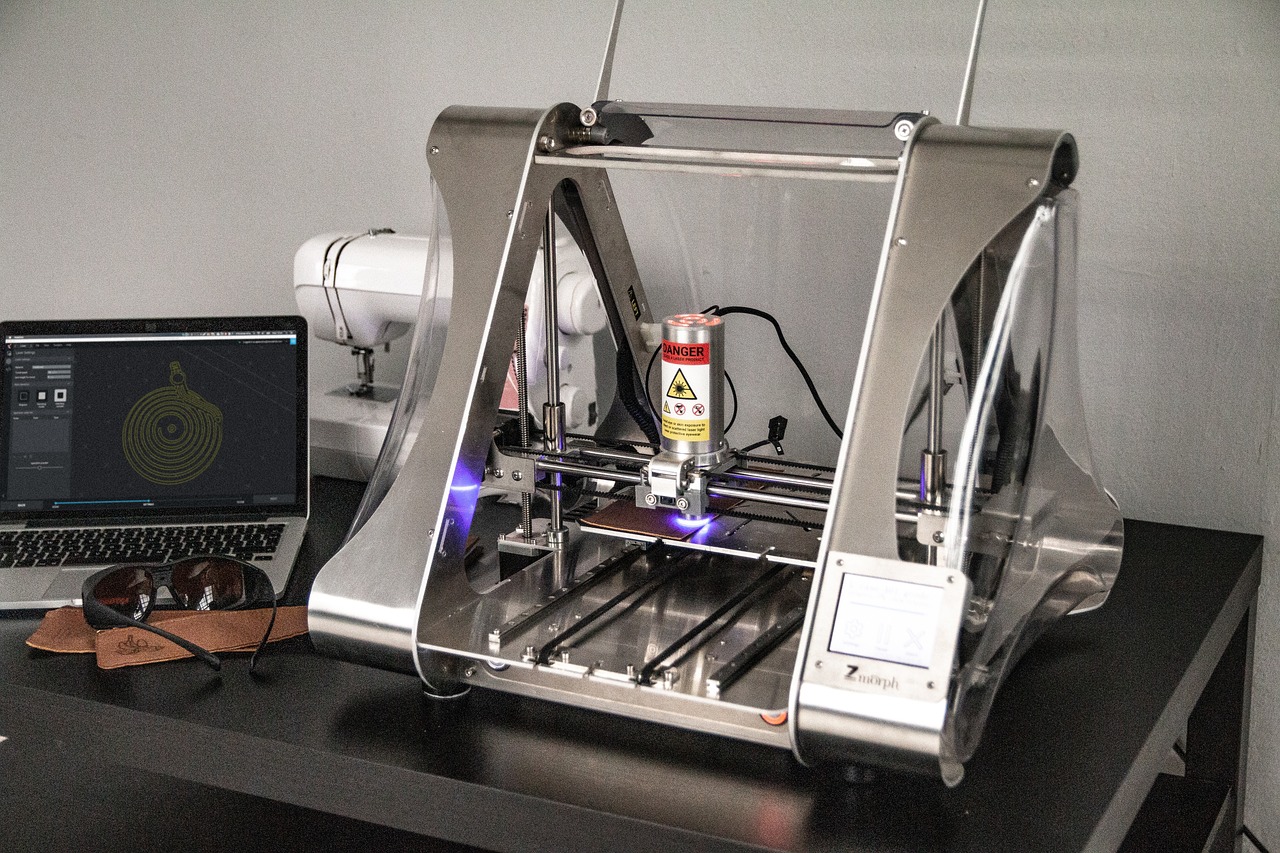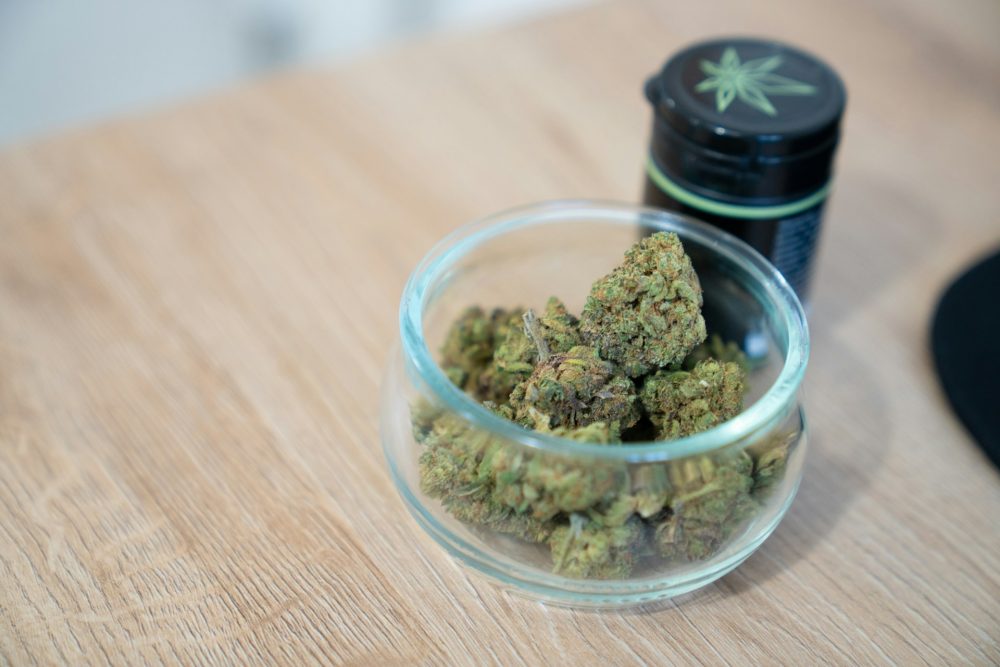Biotech
SolidWorld Will Replicate Human Tissue with a 3D Bioprinter
SolidWorld’s Electrospider reproduces skin and bone fragments, with the prospect of creating organs for transplantation in the future. The most immediate application is for testing new drugs or chemotherapy treatments, but cosmetics or shampoos can also be tested on human cells, reducing animal experiments and increasing their effectiveness by anticipating problems such as allergies or irritation.

SolidWorld Group, a leading company in three-dimensional digital technologies, industrial 3D printing, and advanced printing services in the aerospace and automotive sectors, will deliver the first specimen of Electrospider, a 3D bioprinter capable of making reproductions of human cells and tissues with additive technology, in September, which was announced for mass production on February 16th, 2023.
Read more about SolidWorld and its 3D bioprinter and find the most important business news of the day with the Born2Invest mobile app.
SolidWorld uses biocompatible materials to print human tissue
It is an innovative 3D printer model developed through the collaboration between Bio3DPrinting, a SolidWorld Group company, and the “E. Piaggio” Research Center of the University of Pisa. Purchasing it is one of Italy’s leading hospital and medical research centers located in northern Italy.
The strength of the sold model,” the company explained in a note, “consists in the ability to simultaneously print for the first time the tissue support structure, made of biocompatible material, through the electrospinning technique, with nanometer thickness, and the cellular hydrogels of different types of human cells obtained from in vitro development of the patient’s cells, through simultaneous extrusion. Cells that will develop on the created three-dimensional structure, meanwhile continuing to feed on the hydrogel structure.
What 3D Electrospider does
Production of the first Electrospider has already begun at SolidWorld Group’s technology hub in Barberino Tavarnelle, near Florence, where the company Bio3DPrinting operates. The order for this first delivery has a total economic value of about 650 thousand euros, including the supply of a 3D bioprinter and additional ancillary services. “Since 2018,” recounted Roberto Rizzo, founder and president of SolidWorld Group, “we have started important investments in the biomedical sector that today finally translate into state-of-the-art machines fully covered by international patents and produced in our production units.
SolidWorld’s Electrospider reproduces skin and bone fragments, with the prospect of creating organs for transplantation in the future
The most immediate application is for testing new drugs or chemotherapy treatments, but cosmetics or shampoos can also be tested on human cells, reducing animal experiments and increasing their effectiveness by anticipating problems such as allergies or irritation. The technique of fabrication, or generative medicine, is now a decade old. It was already possible to duplicate human cells in vitro, but the real innovation of this machine is that it has created a multi-scale, multi-material printer that can simultaneously work with different human cell tissues. “With the Electrospider,” Rizzo concluded, “we can make the different layers of skin, liver, and blood cells at the same time, but also bone cells. All in an absolutely sterile and controlled environment.”
__
(Featured image by ZMorph3D via Pixabay)
DISCLAIMER: This article was written by a third party contributor and does not reflect the opinion of Born2Invest, its management, staff or its associates. Please review our disclaimer for more information.
This article may include forward-looking statements. These forward-looking statements generally are identified by the words “believe,” “project,” “estimate,” “become,” “plan,” “will,” and similar expressions. These forward-looking statements involve known and unknown risks as well as uncertainties, including those discussed in the following cautionary statements and elsewhere in this article and on this site. Although the Company may believe that its expectations are based on reasonable assumptions, the actual results that the Company may achieve may differ materially from any forward-looking statements, which reflect the opinions of the management of the Company only as of the date hereof. Additionally, please make sure to read these important disclosures.
First published in StartupItalia, a third-party contributor translated and adapted the article from the original. In case of discrepancy, the original will prevail.
Although we made reasonable efforts to provide accurate translations, some parts may be incorrect. Born2Invest assumes no responsibility for errors, omissions or ambiguities in the translations provided on this website. Any person or entity relying on translated content does so at their own risk. Born2Invest is not responsible for losses caused by such reliance on the accuracy or reliability of translated information. If you wish to report an error or inaccuracy in the translation, we encourage you to contact us.

-

 Africa3 days ago
Africa3 days agoSurging Expenditures Widen Morocco’s Budget Deficit Despite Revenue Growth
-

 Markets2 weeks ago
Markets2 weeks agoSoybean Market Reacts to Trade Hopes, High Stocks, and Global Price Pressure
-

 Cannabis12 hours ago
Cannabis12 hours agoGermany Moves to Curb Medical Cannabis Abuse, Sparking Access Concerns
-

 Cannabis1 week ago
Cannabis1 week agoSwitzerland Advances Cannabis Legalization with Public Health Focus












